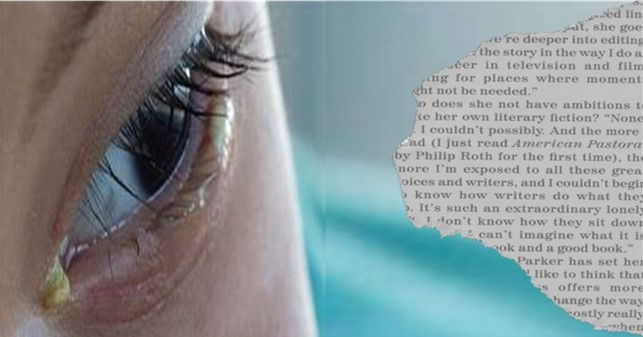How can a mirror reflect an object hidden from its view?
- Physics Core

- Apr 9
- 2 min read
Updated: Apr 13
Mirrors love messing with our heads, challenging us with deceptive illusions that can make us question our sanity. Being accomplished tricksters, they can leave us at the end of our wits, wondering, "How is this even possible?" One example is when a mirror demonstrates a spooky side and reflects an object it is not supposed to see. In Fig. 1, a figurine is hidden from the mirror's view by a piece of paper. Nonetheless, the mirror reflects the figurine, as if it went around the paper and took a cheeky peek at what is on the other side.

Fig. 1 The mirror reflects a figurine separated from it by a piece of paper. Source: iflscience
Reflections result from light bouncing off the mirrors, a phenomenon explained by the laws of optics. A mirror creates an illusion that a reflection expands behind its surface. But in reality, the reflected image forms on the surface itself. This optical illusion is responsible for many mirror tricks because it is so convincing that we can't tell what is real and what is not. In our case, a mirror leads us to believe a reflection is below the figurine, whereas it is at a 90° angle to the figurine.
Let us replace a mirror with a non-reflective surface to dispel this illusion. Our ability to perceive objects relies on the same principles that enable us to see reflections. Mirrors merely redirect the view accessible from their location into our eyes. In Fig. 2, light rays bounce off the cuboid, hit the table, and bounce off it into our eyes. Note that a ray reflected from the top of the cuboid lands farther away than one reflected from the middle.

Fig. 2 Light reflected from the cuboid top lands farther away than light from the middle.
Now, position a piece of paper under the cuboid to cover where the lower rays would hit the table. The upper rays would still reach the table surface and reflect into our eyes. This explains why we can see the upper part of the figurine in the mirror, even though it appears hidden from the mirror's view.
In Fig. 3, the rays bouncing off the figurine onto the surface are mapped according to their trajectories. If the paper were removed, a complete image would emerge, with the points on the paper corresponding to those on the figurine. The image would join the original by the feet and appear to extend beneath it, despite being perpendicular. This optical illusion makes us think the figurine is hidden from the mirror's view, whereas in fact the mirror receives complete information about the top part of the figurine.

Fig. 3 Without the paper, all points on the surface will match those on the figurine.



Comentários